Despite the bad rap it has gotten in the past few years, one of my very favorite flowers in the butterfly garden is Asclepias curassavica also known as Tropical Milkweed, Bloodflower, Scarlet Milkweed, and Mexican Butterfly Weed.

There are many other types of milkweed but Asclepias curassavica is one of the Monarch butterfly’s favorite host plants. Here are eight reasons why it is my personal favorite milkweed.
1. Flowers bloom continuously from spring to fall in temperate climates and in tropical climates they will flower all year.
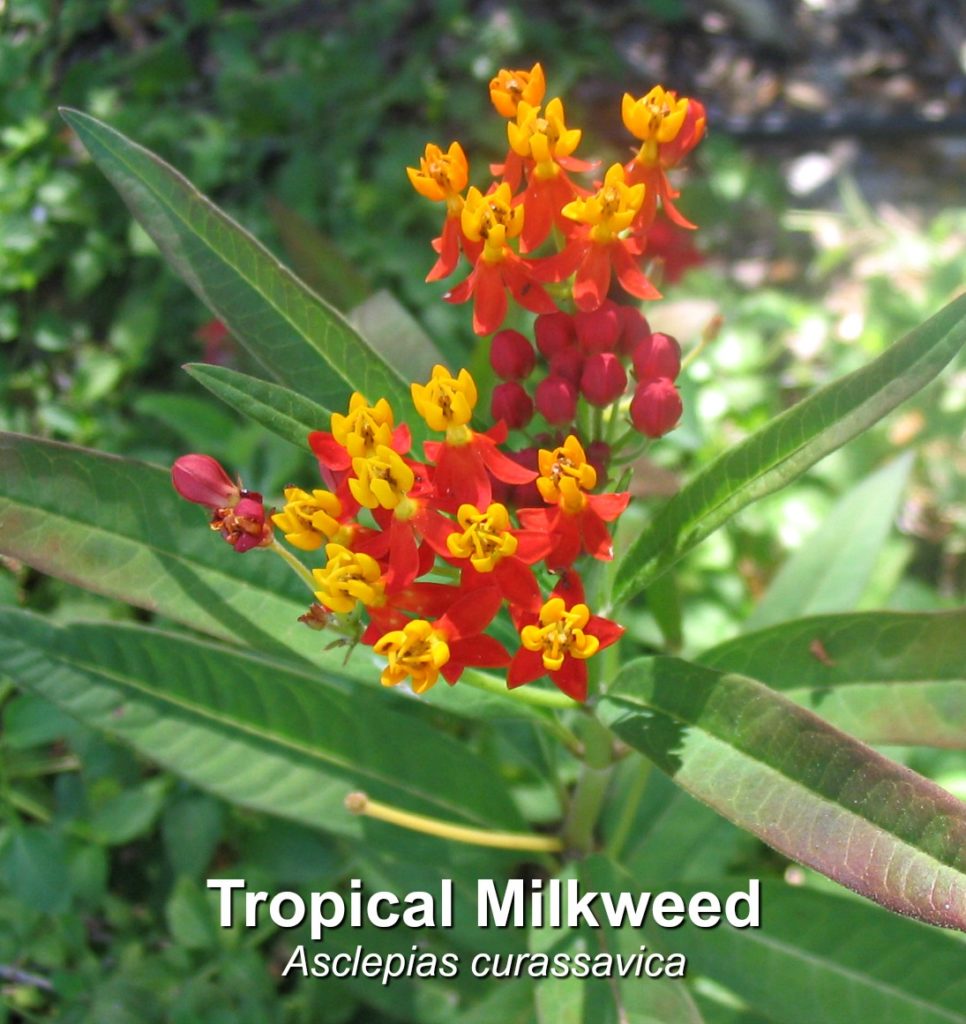
2. Tropical Milkweed is easy to grow from seeds and is a fast grower.

3. You can easily also propagate new plants from stem cuttings.

4. Tropical Milkweed is tolerant of different soil types, growing well in dry, moist, and wet soils.
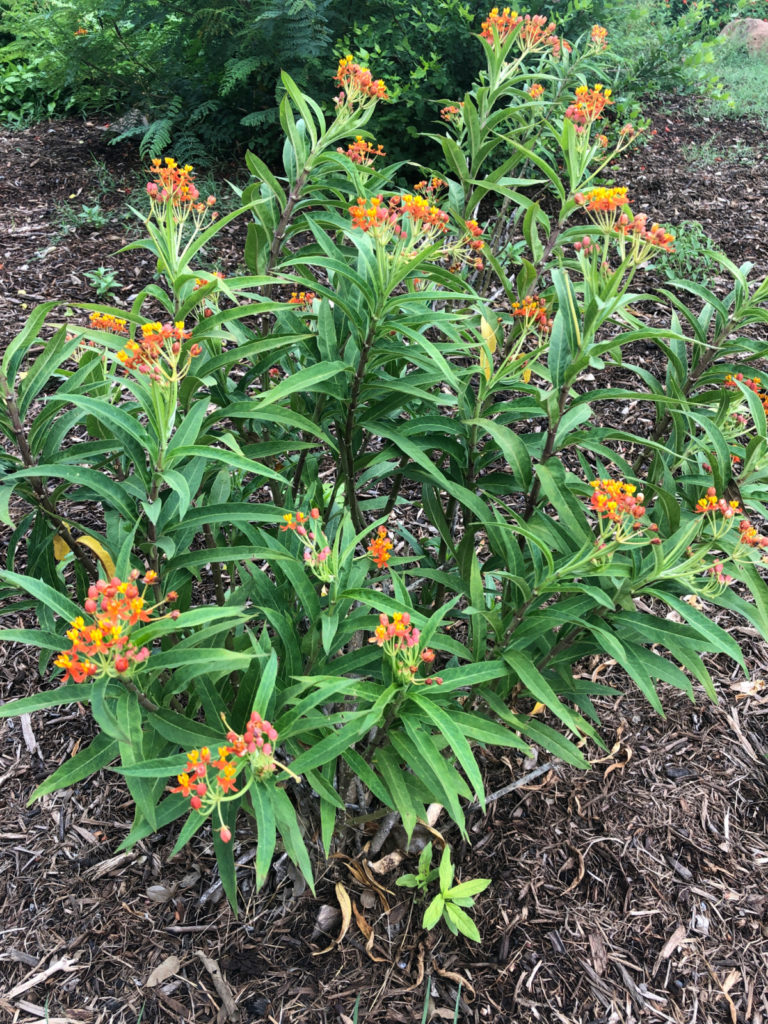
5. Tropical Milkweed can be planted in containers.

6. Tropical Milkweed is the host plant for both Monarch and Queen butterflies.
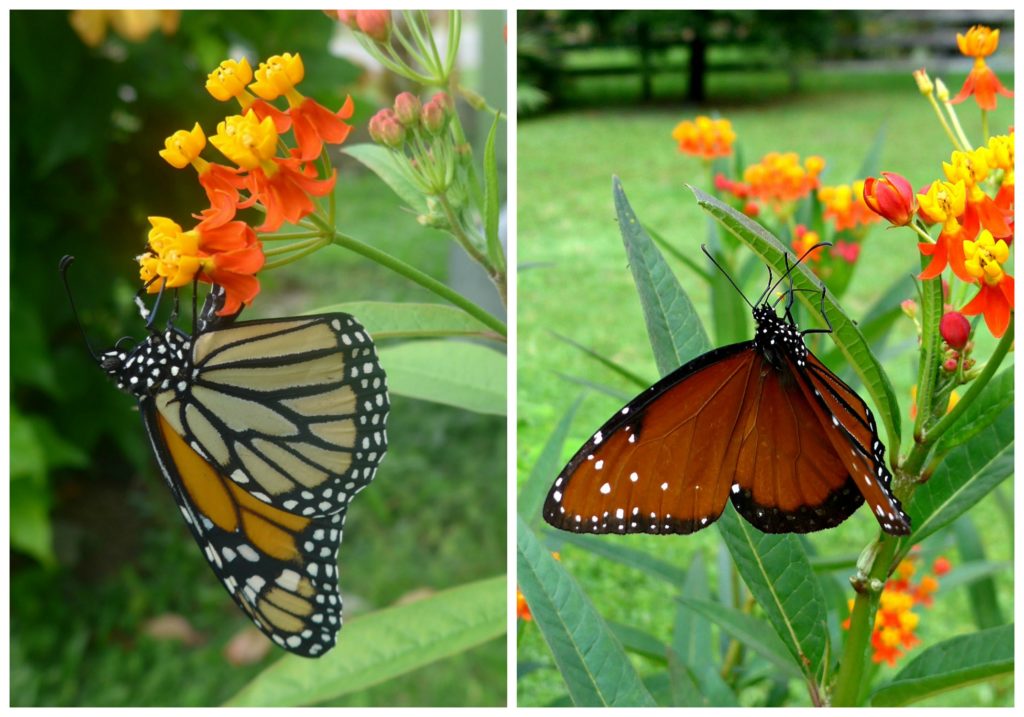
7. The flowers of Tropical Milkweed attract many species of butterflies.
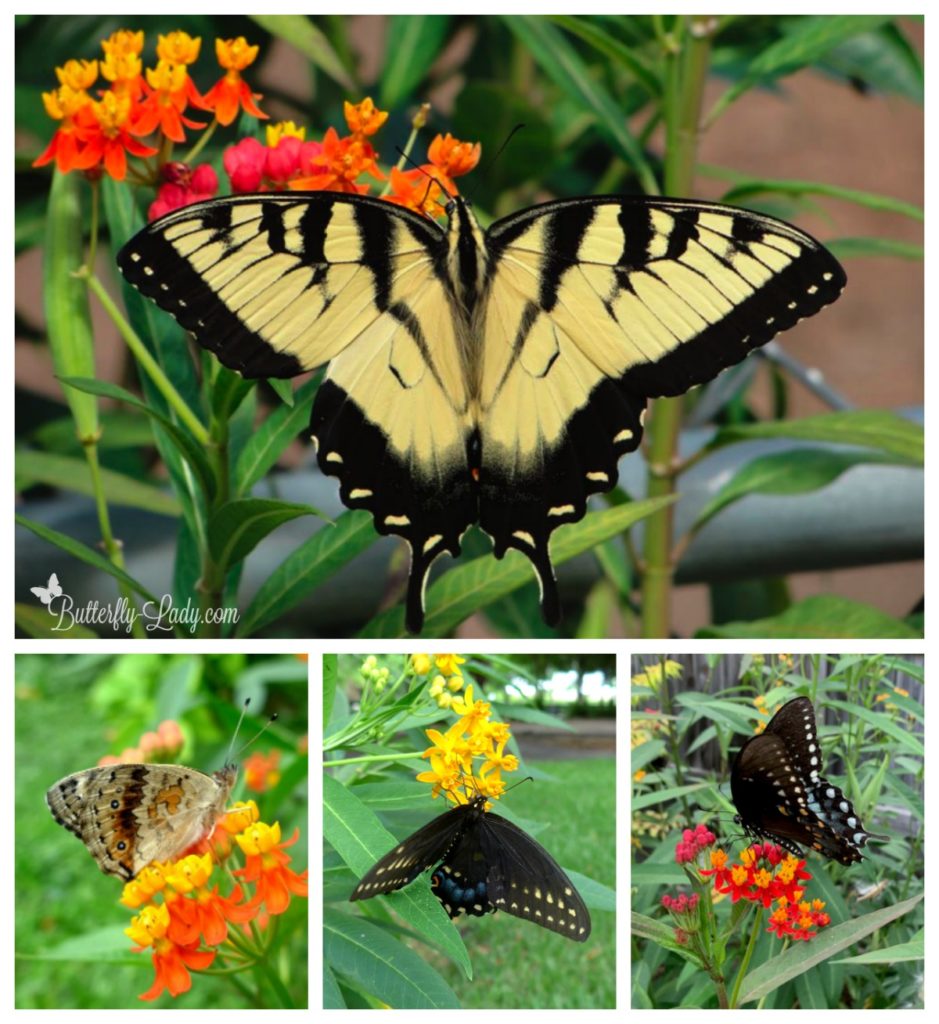
8. Hummingbirds like to feed on the blooms.
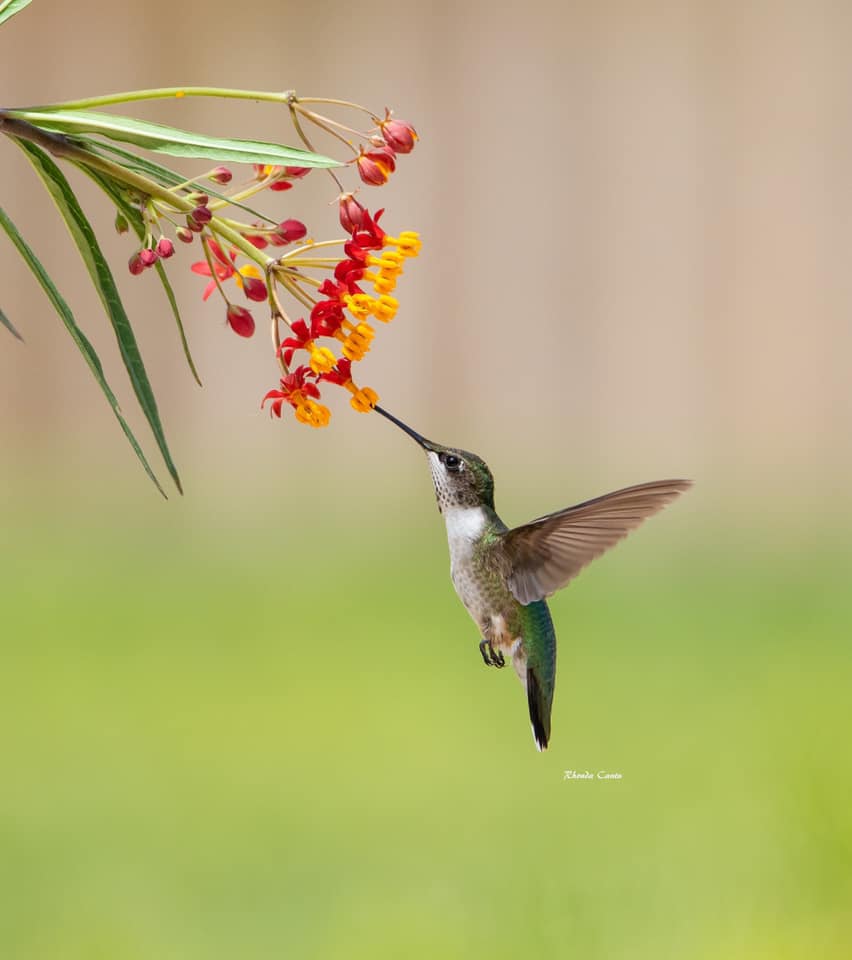
Tropical Milkweed is a perennial in zones 8-11. It will grow year-round in zones 9b-11. In zones 8-9 it will die back to return in the spring. Elsewhere in the US and Canada, it is grown as an annual.
If you live in zones 9b-11 where the Tropical Milkweed stays green all year it is recommended to cut it back in the fall or winter so new growth will form. The reason is that Monarchs can get a parasite called Ophryocystis elektroscirrha, or OE. OE is a protozoan parasite that is spread to any milkweed plants when an infected adult butterfly flies over the plants. The flapping of monarch butterfly wings exfoliate the OE spores and the spores fall like glitter and stick to the milkweed. When a caterpillar ingests the leaves with the spores they become infected. These spores can survive on the leaves of any Milkweed. So, if Milkweed does not die back and gets new growth then the OE spores may stay present and continue to re-infect caterpillars. This is not an issue in areas where Tropical Milkweed (or any other Milkweed for that matter) dies back in the winter.
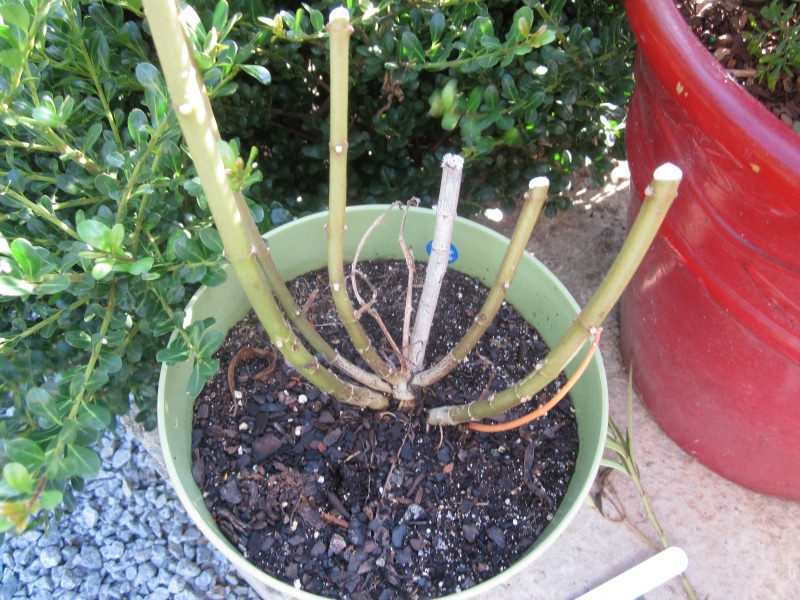
Since I live in USDA Zone 9b where Tropical Milkweed lives year-round, I cut the plant back twice a year, once in mid-summer and again in late December or in January. I will also cut it back once it gets leggy. This does two things, one, it removes a build-up of OE spores on the plant that can be harmful to the Monarch, and two, it encourages branching and therefore produces a healthier plant and more flower clusters.
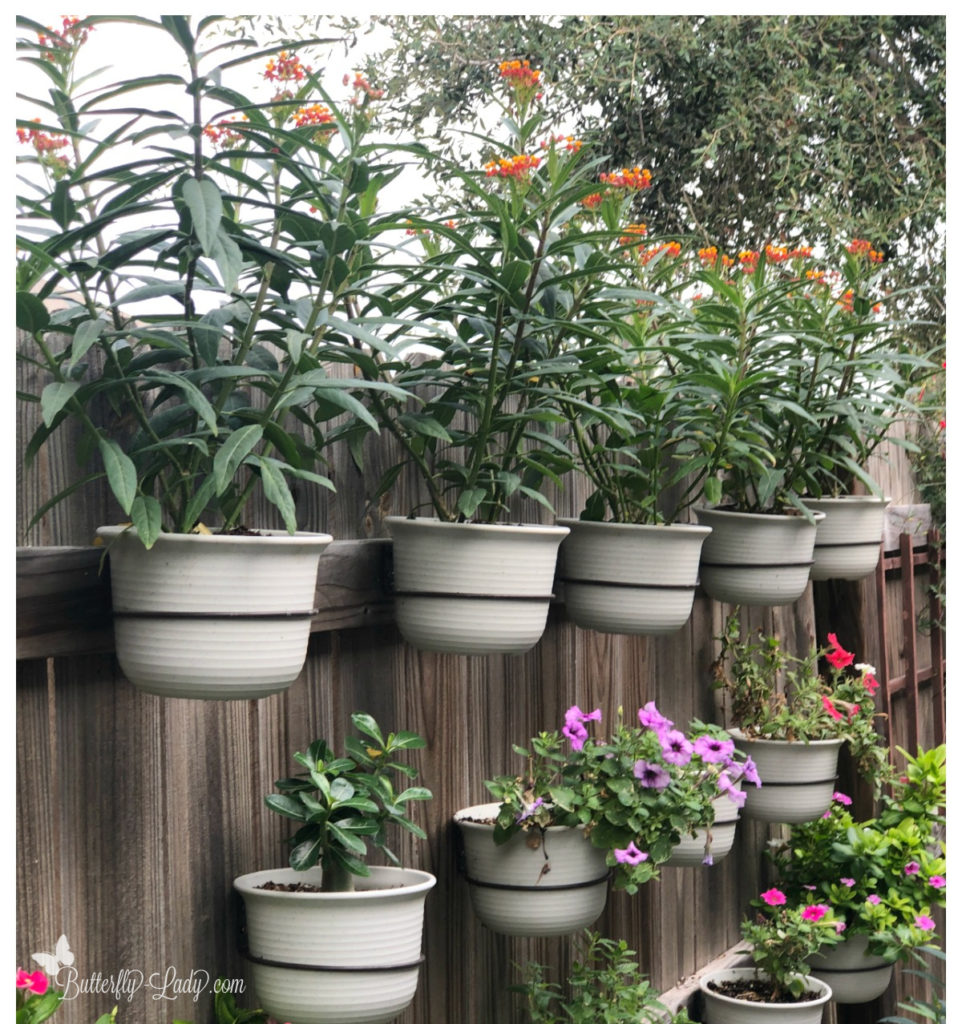
Additional Resources:
Year 2023: What Does the Year Hold for Monarchs and Tropical Milkweed? by Kathy Keatley Garvey
Tropical Milkweed -Yes or No? by Edith Smith
Choice of Plant Reduces Parasitic Load: Tropical Milkweed
Tropical Milkweed and the Injurious Effects of Well-Meaning People by Jeffrey Glassberg
Tropical milkweed impact on monarch butterflies “vastly overblown,”says longtime butterfly researcher by Texas Butterfly Ranch

